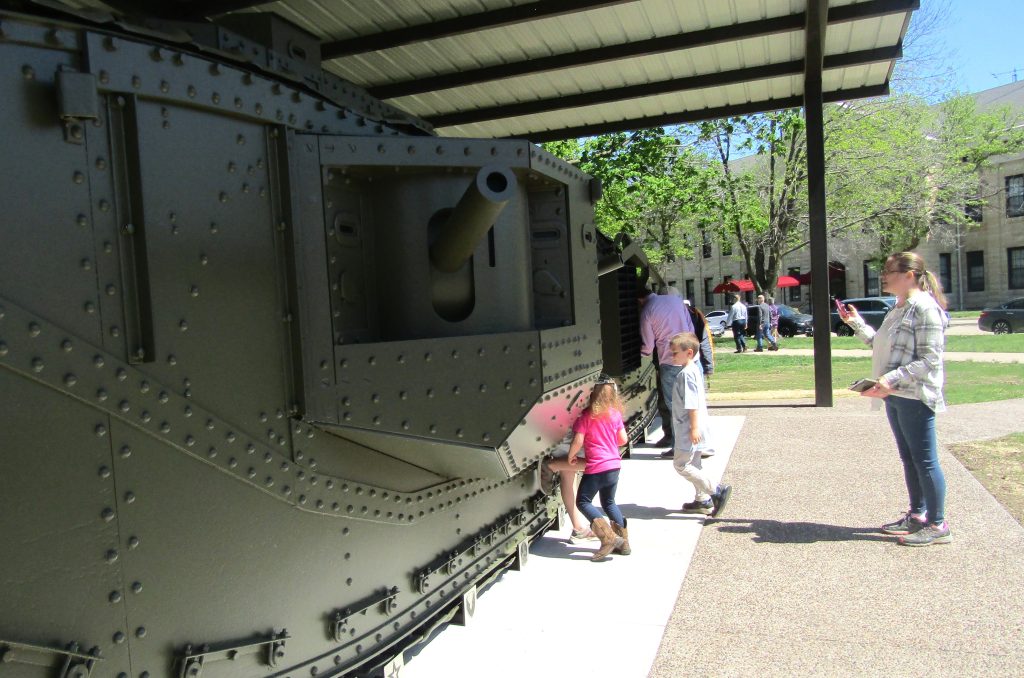QCBJ 2025 Newsmakers: WIU-QC campus moving forward
Kenda Burrows

A family looks over a Mark VIII Liberty Tank on display on Tuesday, April 30, on Arsenal Island. CREDIT DAVE THOMPSON
Lucas Voss remembers when a World War I-era tank arrived in his work area at the Rock Island Arsenal for restoration work a few years ago.
There were no blueprints or other plans to bring the old military vehicle back to its former glory. Workers were told to do their best.
“It looked like a rusty piece…

Get immediate, unlimited access to all subscriber content and much more.
Learn more in our subscriber FAQ.
Do you want to read and share this article without a paywall?
